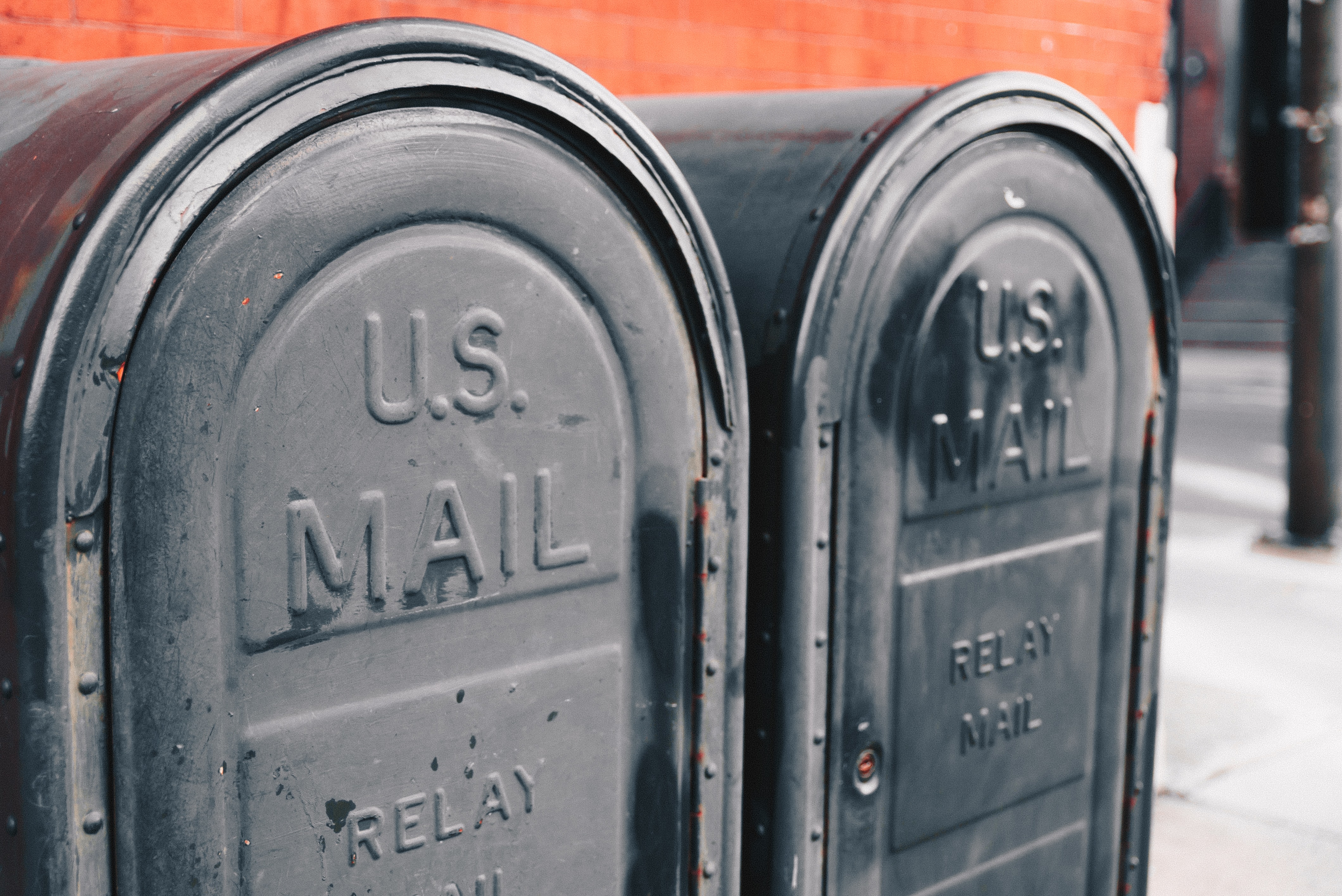You may think you know what a letter is, or even what a flat mailer might be. We’ve all grown up with letters, and a flat mailer is anything that mails flat, not in an envelope, not folded. That would make sense, right? But that’s not how the USPS sees it. Instead, the Postal Service categorizes any mail piece as a “flat” or a “letter” by what size it is. There are only 4 main categories:
Parcel: This is what we think of as a package. Anything that you mail that isn’t really flat or that is bulky and 3-dimensional is considered a parcel. Parcels have their own postage rates.
Postcard: This is the cheapest way to send mail. A postcard is a single piece of paper or cardstock that is within a narrow size range. Postcards:
- are rectangular in shape; and,
- are at least 3½ inches tall but no more than 4¼ inches tall; and,
- are at least 5 inches wide but no more than 6 inches wide; and,
- are at least 0.007 inches thick but no more than 0.016 inches thick (this one you probably don’t have to worry about)
- are not mailed in envelopes.
That’s not too difficult, right?
So now we come to the confusing ones.
Letter: a letter is anything that starts out at the minimum size for postcards (see above) and goes up to a maximum of 6⅛ inches tall and 11½ inches wide. Anything that is postcard-size but is in an envelope is considered a letter. Anything larger than the maximum size for a letter is considered a
Flat: This goes all the way up to a max size of 12 inches tall and 15 inches wide. Anything in between this size and the max size of a letter is considered a flat.
Confused yet? Below is an illustration that might help.
In practice, this is a relatively simple, non-arbitrary way to measure your mailpieces. But the names are very confusing. I would have gone with BigMail™️, LittleMail™️, and TinyMail™️. But that’s just me.


